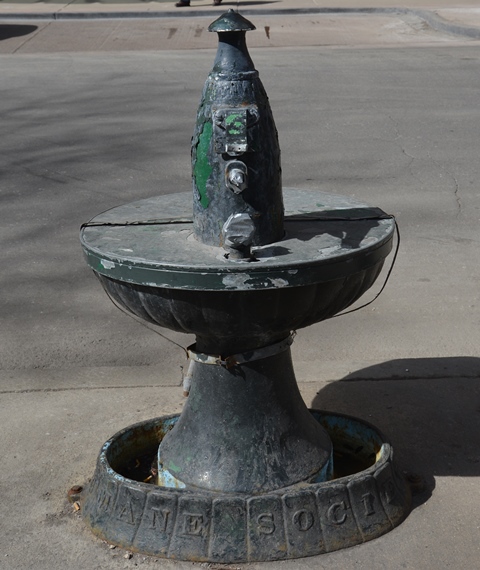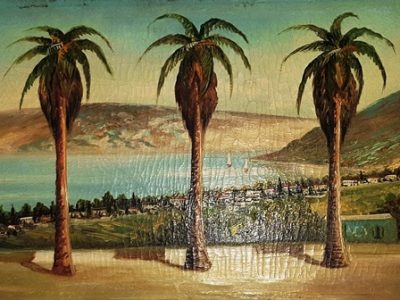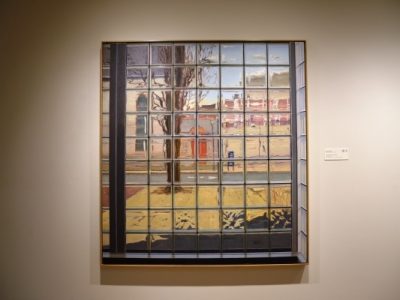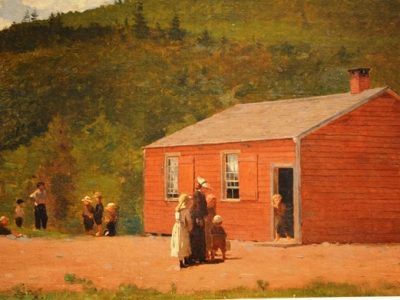Chicago Water Tower
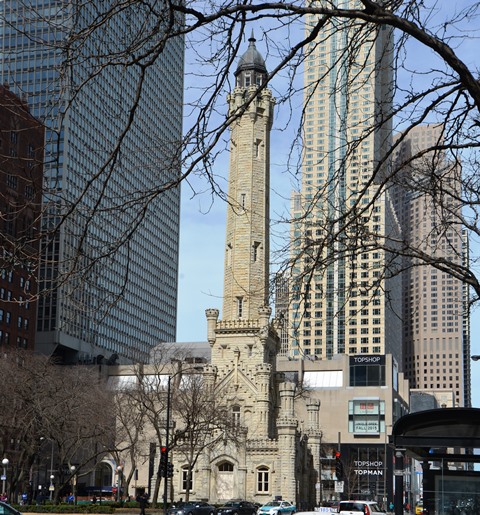
Walking along Michigan Avenue, in Chicago, Illinois, it is impossible not to be drawn to the castellated gothic building, which is in fact Chicago’s former water tower. It is the kind of building you want to touch!
I wish I could say that I went looking for the Water Tower, and knew exactly what I was drawn to, when I spotted it, as hit the streets with my camera, a most favorite of pastimes; but I did not. I loved finding a castle in the middle of the busy metropolis, which is home to so much steel and glass.
Also, as a life long Monopoly player, who never quite understood the wording of “Water Works”, as opposed to say the “The Water Company”, on the board game, I was delighted to see reasoning behind the spots name. You may remember I felt the same about finding the Reading Railroad, in Pennsylvania.
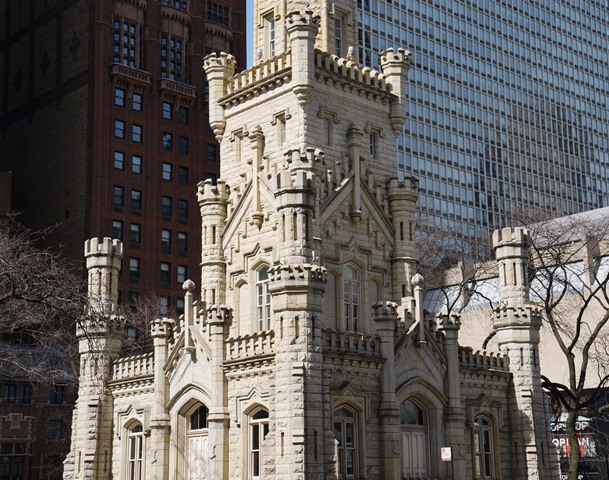
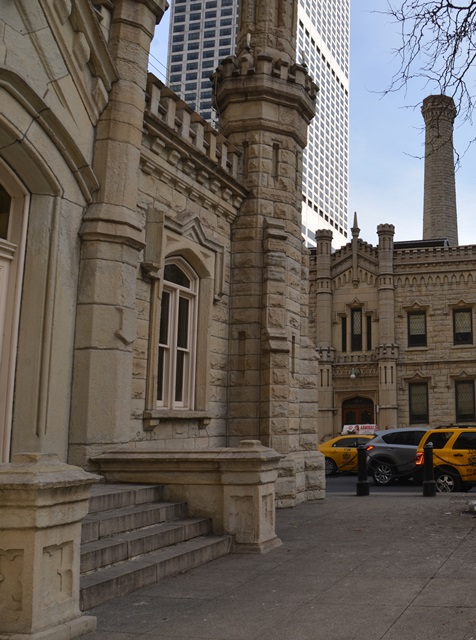
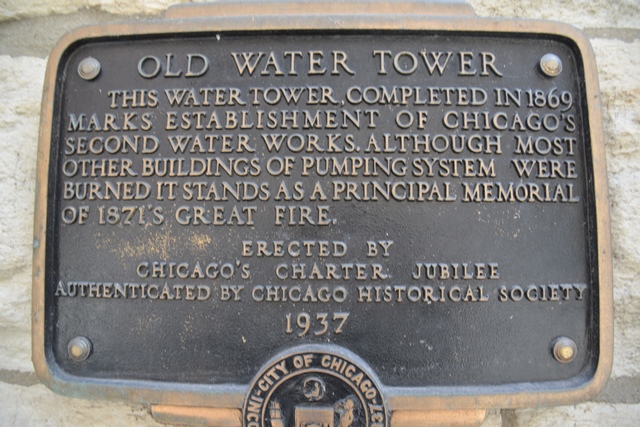
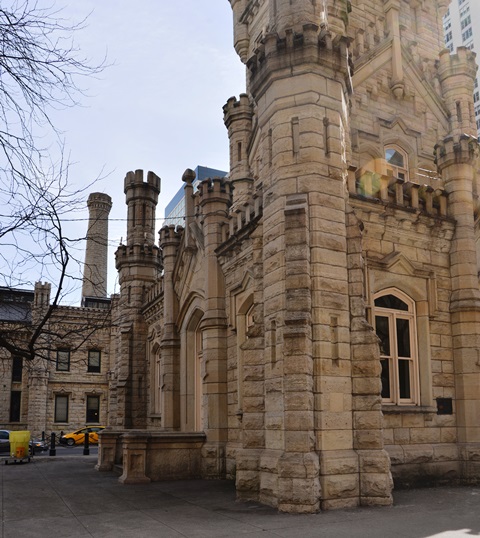
From Chicago Architecture Center Website:
“By the 1860s, Chicago’s water supply was inadequate for its growing population. To solve the problem, Chief Engineer Ellis S. Chesbrough looked to Lake Michigan. Near-shore lake water was too polluted to be used because of runoff from the Chicago River. This prompted an innovative solution. Chesbrough designed a water supply tunnel system running nearly two miles offshore to an intake crib. When the tunnel was completed in 1867, lake water was pumped back to shore through a pumping station. Because the original pumps produced pressure surges and pulsation in the water, a standpipe system was added in 1869.
William Boyington designed both the pumping works building on the opposite side of Michigan Avenue (then Pine Street) and the Water Tower that houses the standpipe. Both buildings were built with distinctive yellow Joliet limestone, a very popular building material in the city at the time. Built in Boyington’s signature castellated Gothic Revival style, the buildings look like something out of a fairy tale.
It’s a common myth that the Chicago Water Tower was the only building that remained standing after the Great Fire of 1871. In truth, it only became the most iconic structure left standing. Though large sections of the south and west sides of the city were never touched by the Fire, the Water Tower became a rallying point for the city. It stood as a symbol for a city determined to rise from its own ashes.”
http://www.architecture.org/learn/resources/buildings-of-chicago/building/chicago-water-tower/
